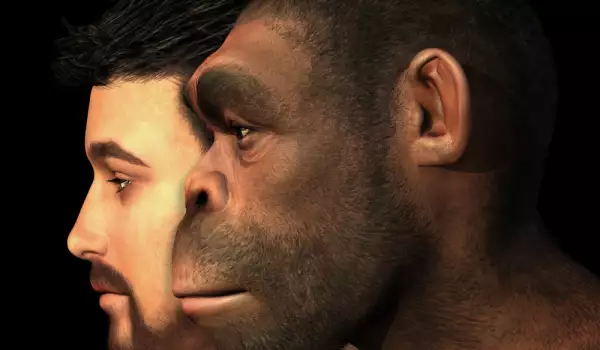A group of German scientists managed to reconstruct the genome of homo heidelbergensis, who lived 400, 000 years ago.
During the reconstruction and subsequent decoding of the mitochondrial DNA, it became apparent that homo heidelbergensis was not a relative of Neanderthal, as it was thought so far, but a predecessor to Denisova hominins, even though its skeleton looked much like that of ancient people, who lived 300, 000 years ago.
This discovery was shocking to the scientific community because there were no ancestors of Denisovans found up to that point in the very cave in which the skeleton of homo heidelbergensis was discovered.
Denisova hominins skeletons have only been found in the regions around Altai.
Homo heidelbergensis is an extinct species of the genus Homo and became known thanks to fossils from 600, 000 years ago, found in Europe.
This ancient species of human inhabited the Old Continent before Neanderthal and was thought to be its direct predecessor.

Homo heidelbergensis is distinguished by its larger skull volume, which is similar to the average sizes found in modern man.
Its average height reached up to 5'11" (180 cm) and it had a more muscular body than homo sapiens.
The reconstruction made using the jaw and the later found skull in Arago, lead to the conclusion that homo heidelbergensis walked upright.
Scientists note that besides its emerging intelligence, it had a well-positioned body, low brow, while-expressed eyes and full lips.
It is believed that this ancestor of ours got its food mainly through hunting and protected its body using leathers.
The remains that were researched were found in the Spanish cave Sima de los Huesos.
The first skeleton of homo heidelbergensis was discovered on October 21, 1908 near the German village of Mauer, 10.5 miles (17 km) from Heidelberg.
Relatively recent finds suggest that homo heidelbergensis might have been the first from the Homo genus to bury its dead, but for now this is just a hypothesis.
According to some researchers, it used a primitive language.












